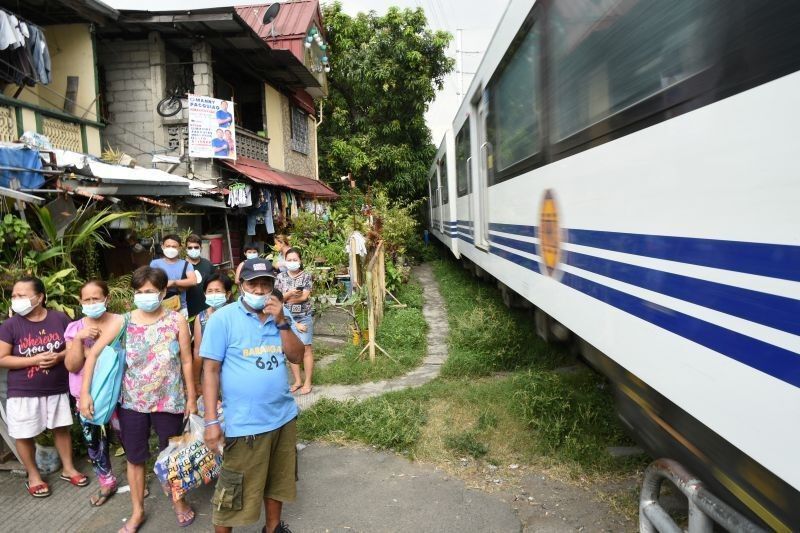OCTA: Metro Manila could reach 'very low risk' in March

MANILA, Philippines — With indicators still decreasing, the coronavirus numbers in the National Capital Region could reach "very low" risk classification in March, independent pandemic monitor OCTA Research said Thursday.
"Healthcare utilization this week is comparable with HCUR during the best week in the NCR [from] December 10 to 16, 2021. The reproduction number is also currently lower compared to the best week," OCTA Research fellow Guido David said in a tweet.
"The average daily attack rate and testing positivity rate are still currently higher compared to the best week, but we expect this to continue to decrease. The NCR could reach very low risk in March," he also said.
On Thursday afternoon, the Department of Health recorded 1,745 new cases of the coronavirus around the country. OCTA Research earlier projected just 1,500.
As it stands, Metro Manila mayors have already taken the unanimous position that the coronavirus task force should downgrade the NCR to Alert Level 1.
Under Alert Level 1, there will be no age restriction for those who will move around in public places including interzonal travels, but subject to LGU rules. The National Inter-Agency Task Force against COVID-19 guidelines also stipulate that all establishments and government offices can fully operate. Religious gatherings and outdoor activities will be allowed.
The Metro Manila Council in a resolution signed by all 17 local chief executives calls to downgrade Metro Manila to Alert Level 1 starting March 1 pending the decision of the IATF. @PhilstarNews pic.twitter.com/86cIspSJen
— Franco Luna (@francoIuna) February 23, 2022
OCTA urges 'new mindset' amid pandemic
At the Go Negosyo forum earlier Thursday morning, the independent analytics group argued that Metro Manila is now ready to go back to Alert Level 1 as it could be recording less than 200 cases a day by the start of March.
According to figures presented by David, the positivity rate in the capital region is now at four percent, just within the five percent recommended by the World Health Organization for opening economies. He added that the reproduction number in Metro Manila, which refers to the number of people one coronavirus case can infect, was at 0.20.
"We understand that the virus is still here [but] we encourage our citizens to become more confident in going out," OCTA fellow Ranjit Rye said then. "The reality is that when we open up to Alert Level 1, some level of adjustment in minimum public health standards will have to be assumed," he added.
Rye added that the national government should consider "rethinking some of the ordinances that have been part of our lives for the last two years," including the need to ask for vaccination cards for access to large establishments.
"When they enter the restaurant, we can still ask for vaccination cards because you'll still take your mask off...there are lots of these adjustments that need to make going out more real for our citizens," he said. "While we open up, it's not certain that our kababayans will actually go out if they don't feel that the situation is safe."
The Inter-Agency Task Force on Emerging Infectious Diseases is set to meet later Thursday night to discuss possibly shifting Metro Manila back to Alert Level 1 to enter the "new normal."
"Right now we're not seeing any danger...that's what we're seeing. That may change in the future if there are new variants, but right now that's what we're seeing," David said.
Comparing the indicators in the NCR this week (Feb 17 to 23, 2022) versus the best week (Dec 10 to 16, 2021). While ADAR and positivity rate are still higher, HCUR and ICU utilization are currently close to the best levels @dzbb @DZAR1026 @allangatus @News5PH @dzrhnews @ali_sotto pic.twitter.com/5lXVkZhSqZ
— Dr. Guido David (@iamguidodavid) February 24, 2022
- Latest
- Trending




























